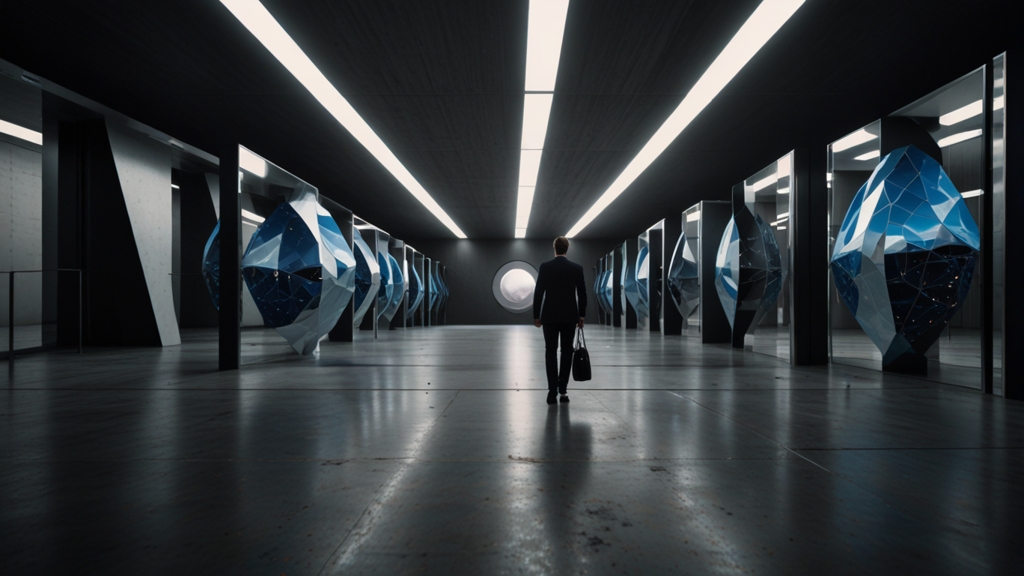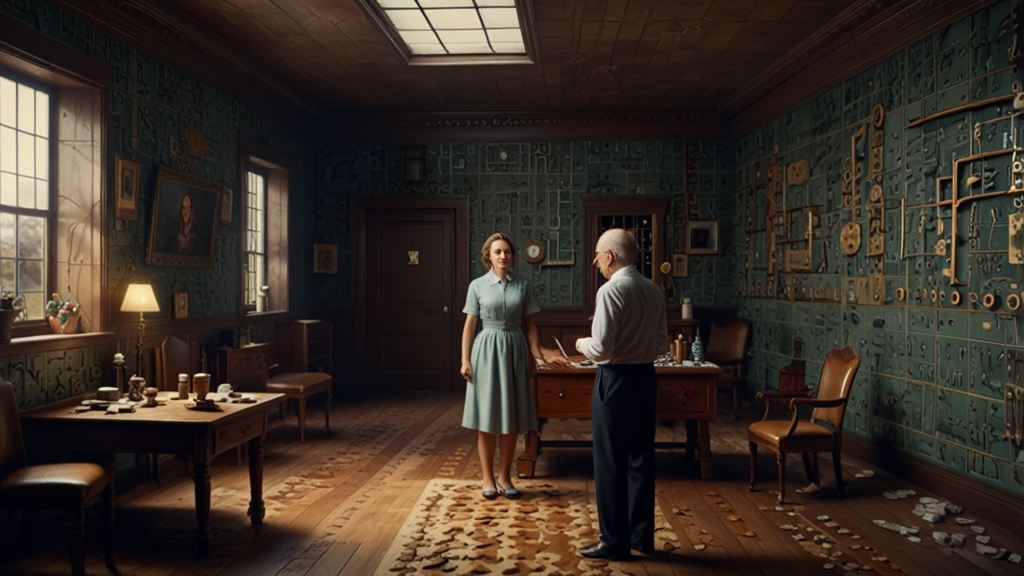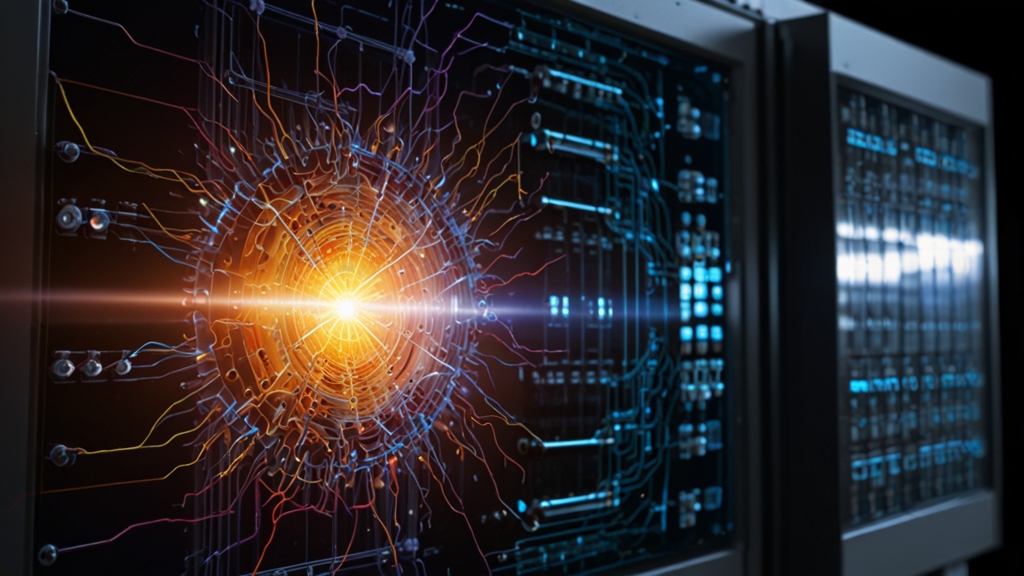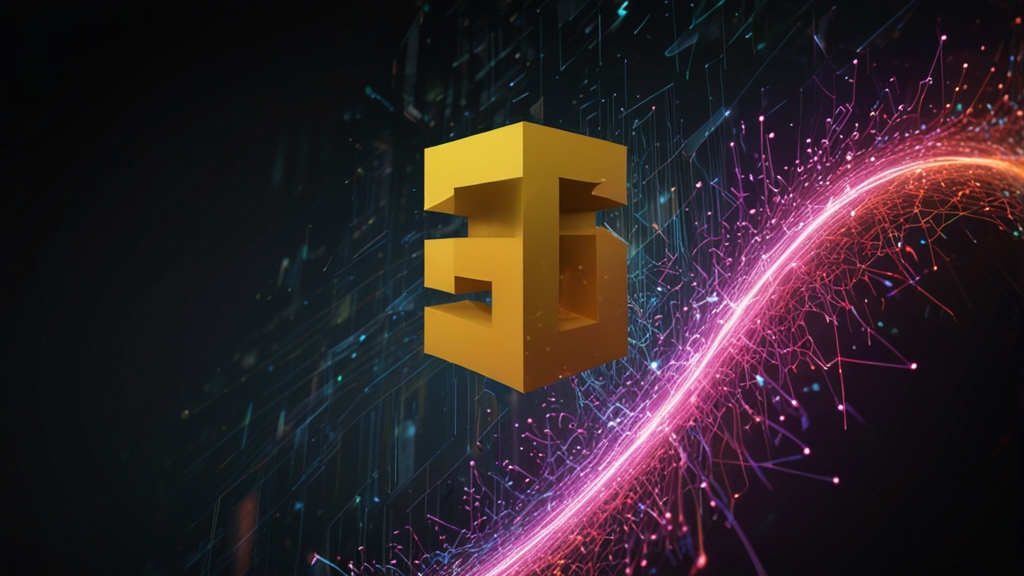Are You Seeing the World the Right Way? The Geometry of Perception
When we look at the world around us, we often take for granted the complex processes that enable us to perceive shapes, distances, and spatial relationships. We tend to assume that our perception of geometry aligns perfectly with reality. But are we truly seeing the world "the right way"? This question touches on the fascinating intersection of psychology, neuroscience, and mathematics, and challenges us to consider the geometry of perception more deeply.
The Basics of Visual Perception
Visual perception begins when light reflects off objects and enters our eyes, where it is captured by the retina and converted into electrical signals. These signals travel to the brain, which processes them to create a coherent image of our surroundings. However, the image we perceive is not a direct copy of the external world; it is an interpretation crafted by our brain based on sensory input and prior knowledge.
"Perception is not just a passive map of the world; it's an active construction by our brains.” — Neuroscientist Beau Lotto
The Role of Geometry in Perception
Geometry, the branch of mathematics concerned with the properties and relationships of points, lines, surfaces, and solids, plays a critical role in how we perceive the world. Our brains use geometric cues to infer depth, shape, and spatial relationships. For instance, we rely on perspective to judge distance: parallel lines appear to converge as they recede into the distance, an effect utilized in art and architecture to create the illusion of depth.
However, our perception of geometry is not infallible. Optical illusions demonstrate how easily our brains can be tricked by the manipulation of geometric principles. Consider the famous Müller-Lyer illusion, where two lines of equal length appear to be different lengths because of the orientation of arrowheads at their ends. Such illusions reveal that our brains rely on a set of assumptions about the world, which can sometimes lead to perceptual errors.
Non-Euclidean Perception
Most people's intuitive sense of geometry is based on Euclidean geometry, which deals with flat planes and the familiar shapes and rules we learned in school. However, the physical world, especially at large scales (like in cosmology) and at very small scales (like in quantum mechanics), adheres to non-Euclidean geometries. For example, the surface of a sphere (like the Earth) follows the rules of spherical geometry, where the sum of angles in a triangle can exceed 180 degrees.
"The Universe is not only stranger than we imagine, it is stranger than we can imagine." — J. B. S. Haldane
In everyday life, our perception remains overwhelmingly influenced by Euclidean principles, yet our brains are adaptable and can grasp non-Euclidean concepts under the right circumstances. This adaptability is due to the brain's neural plasticity, its ability to reorganize and form new neural connections in response to learning and experience.
Implications for Technology and Design
Understanding the geometry of perception has profound implications for technology and design. Consider virtual and augmented reality (VR and AR), which rely on creating immersive environments that our brains perceive as real. Designers and engineers must leverage principles of geometry and perception to ensure that these virtual experiences feel authentic. Missteps in these areas can result in disorientation or discomfort, a phenomenon known as "simulator sickness."
Additionally, in fields like robotics and artificial intelligence, machines must interpret and navigate the world in ways that make sense geometrically. Autonomous vehicles, for instance, need to accurately perceive distances and spatial relationships to navigate safely. This requires sophisticated algorithms and sensors that mimic human perception, grounded in geometric principles.
Conclusion: A Constructed Reality
Our perception of the world, guided by geometric principles, is not a mere reflection of reality but a constructed experience shaped by our sensory systems and cognitive processes. By exploring the geometry of perception, we gain a deeper understanding of how we interact with our environment and how technologies can be designed to align with our perceptual capabilities.
"We don’t see things as they are, we see them as we are." — Anaïs Nin
Ultimately, recognizing the complexities and limitations of our perceptual systems encourages a more critical and curious approach to how we see the world — both in our daily lives and through the lens of scientific and technological innovation.







